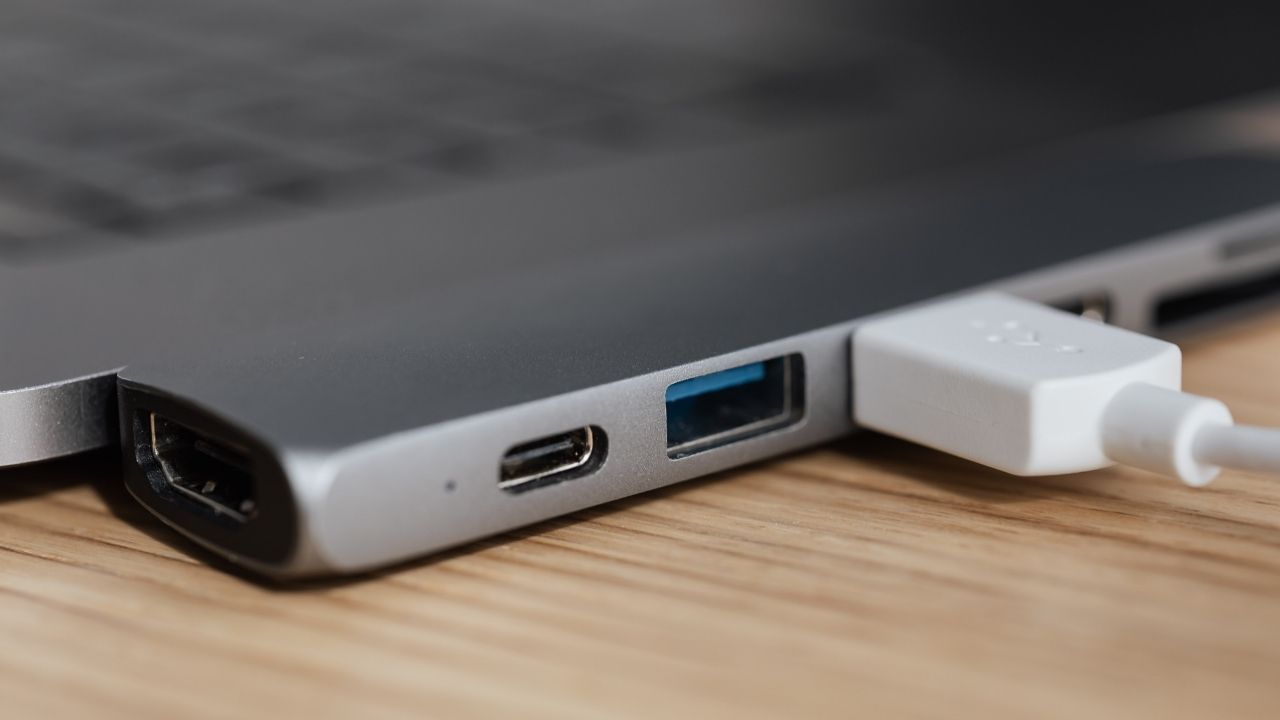If you have ever tried formatting a USB drive or USB flash drive, you may have noticed that the only file system options you have are FAT and FAT32. This is the default behavior in Windows. However, with a slight change in the settings, you can actually format your removable storage devices to NTFS format including external hard drives etc.
Of course, Windows defaults to removable storage formatting to FAT and FAT32 for certain reasons. There are actually a few pros and cons of formatting a USB drive to NTFS, so we’ll go over those before we talk about how to do it.
The benefits of enabling NTFS
The benefits of enabling NTFS on removable storage devices are quite enticing. For example, an NTFS file system allows you to add Allow and Deny permissions to individual files and folders for specific Windows users, which you cannot do in the FAT file system. In terms of security, you can also encrypt files using the encryption built into Windows.
Another major benefit of switching to NTFS is that you are no longer limited to storing files smaller than 4 GB on the device. FAT32 can only work with files up to 4G in size and volumes up to 2TB. So if you want to format your 5TB external hard drive to single volume with FAT32, you will not be able to do it.
Files stored on FAT32 file systems are also much more likely to get corrupted than NTFS. NTFS is a journaling file system, which means that before a change is made to the data it is first logged in a “journal” so that if something happens in the middle of the write data, the system can recover quickly. be repaired.
Other benefits include the ability to compress files and therefore save space on your USB drive. You can also set disk cleanup tool to clean your hard drive and even create partitions! So, formatting USB drives with NTFS has several advantages that would come in handy if you need to use some of these advanced features like extra security or large file storage.
However, there are also some drawbacks to using NFTS on a USB stick. First of all, there are many more writes to the disk that are required when using NTFS and therefore accessing the device will be slower. It will also shorten the life of your flash memory on USB drives due to the extra writes. In addition, versions of Windows prior to 2000 (except some versions of Windows NT) cannot read NTFS file systems, nor can most Linux systems until recently, greatly reducing the compatibility. All other devices like cameras, smartphones, TVs, tablets etc. will probably only be able to read FAT32.
The other major downside is that if you encrypt your files on the USB drive or use any type of file permissions, you won’t be able to open them elsewhere. In fact, it can be seen as an inconvenience or an increase depending on what you want to do. If you want to secure your USB drive so that only your user account on your computer can open files, using encryption or permissions is fine. If not, do not add permissions or encrypt the files.
How to format a USB drive with NTFS
If you are using Windows 7 or Windows 8, the process is really simple. First of all, go ahead and plug in your USB device, then open the computer from the desktop.
Right click on the USB device and choose Format.
Now open the File System drop-down menu and choose NTFS. You don’t have to do anything else and the NTFS option should appear in the list.
In Windows Vista and XP, you cannot see the NTFS option under File System, in which case you need to change a setting first. First, connect your USB device to your computer, then right-click on My Computer on the desktop and choose Manage.
Then click on Device Manager, then expand Disks. You should see your USB drive listed here as ” Generic USB 2.0 USB Drive ” or something similar.
Now right click on the USB drive under Disk Drives and choose Properties, then go to the Policies tab .
You will now see two options, Optimize for Quick Delete selected by default. Go ahead and change that by selecting the ” Optimize for performance ” option. This allows write caching in Windows and therefore allows you to format it as NTFS! Soft.
Read more: Best iPad games with keyboard support in 2022.
It is more or less that. Before starting the format, you need to eject the USB drive and then plug it back in. Now click OK, go to My Computer, right click on the USB drive and choose Format. In the File System drop-down list, you should now see the option for NTFS!
Troubleshooting NTFS Formatting
If you have a problem formatting to NTFS, it will most likely be an error message stating that Windows could not complete formatting. The main reason that this can happen is when it tries to delete the primary partition and fails for some reason.
In this case, you can just manage disks to format the disk instead of using explorer. Go ahead and right click on My Computer or Computer, choose Manage and then click on Disk Management.
Now find the drive listed at the bottom with the Removable label and make sure it’s the right size. Right click on the white area and choose Format. You will receive a message stating that there is an active partition on the disk and all data will be lost; go ahead and click yes to continue. Now choose NTFS and do the format.
You can now use the advanced features of NTFS on your USB device to make it more secure, store larger files, etc. If you have any questions, post a comment. Enjoy!

